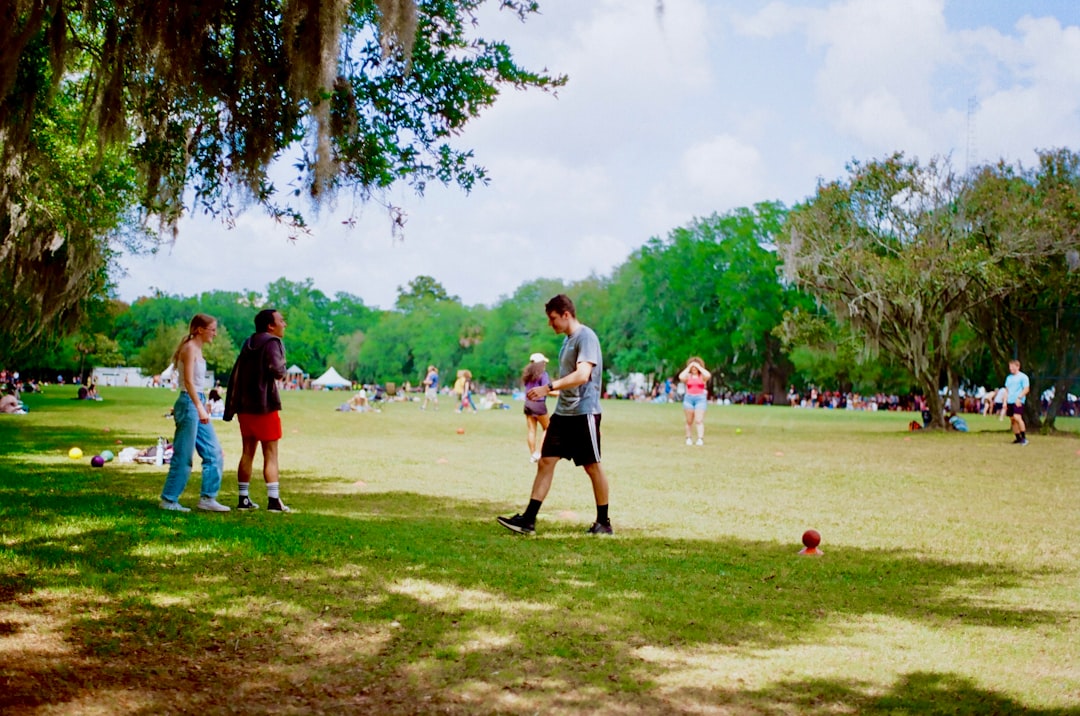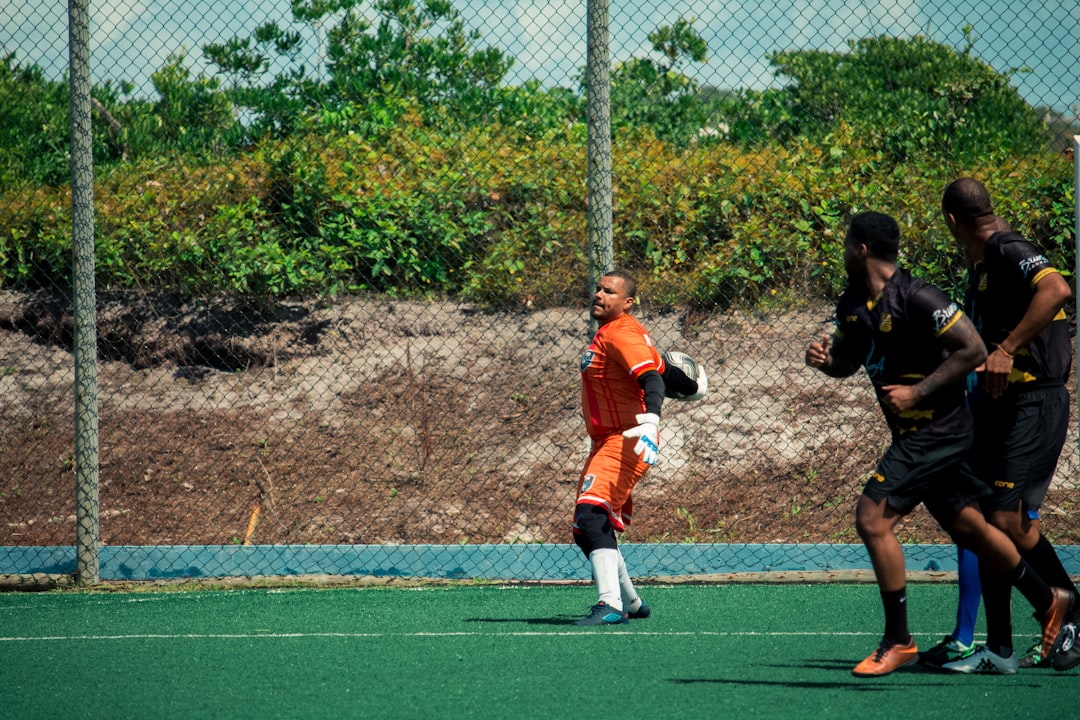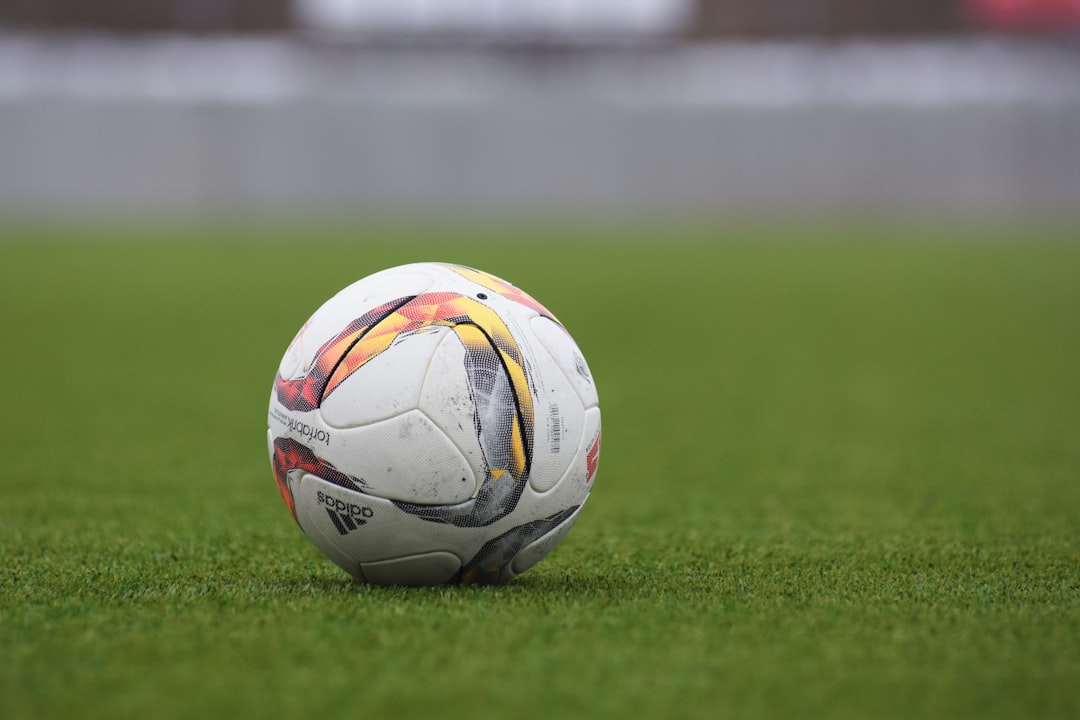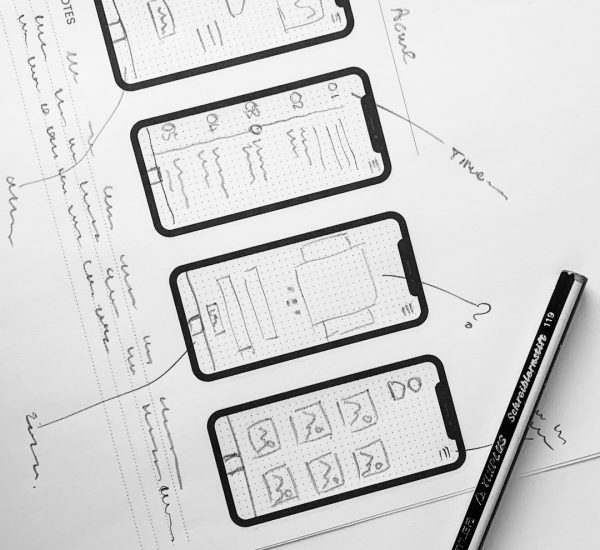Football is a game that demands explosiveness, precision, and adaptability. Whether you’re sprinting down the sideline, blocking in the trenches, or shifting laterally in coverage, the cleats you wear can significantly impact your performance on the field. Choosing the right football cleats isn’t just a matter of style—it’s a critical decision that affects your speed, balance, and injury risk.
This comprehensive guide will help you understand how to choose football cleats based on your position and playing style, ensuring that every step you take on the field is backed by the support, traction, and comfort you need.
Understanding the Types of Football Cleats
Before diving into the cleat needs for each position, it’s important to first understand the three primary types of cleat cuts, which influence movement, ankle support, and agility:
- Low-cut cleats: Designed for maximum speed and agility. They are lightweight and provide excellent maneuverability but offer minimal ankle support.
- Mid-cut cleats: Provide a balance between support and mobility. These are popular among players who need moderate ankle support without compromising too much agility.
- High-cut cleats: Offer the most ankle support, ideal for positions that involve frequent contact. However, they can reduce lateral movement and speed.
Know Your Field Types and Stud Configuration
Your playing surface also significantly impacts cleat selection:
- Molded cleats: These have permanently attached rubber or plastic studs. Best for hard surfaces or artificial turf, they offer better comfort and are often more affordable.
- Detachable cleats: With interchangeable studs, these allow players to adjust the cleat length according to field conditions. They’re best suited for grass fields that might vary in moisture and softness.
Each surface has unique demands, so selecting a cleat that complements the field type ensures better grip and reduces the risk of slipping or injury.
Position-by-Position Guide for Choosing Football Cleats
Your cleats should support your specific movements on the field. Here’s how to choose based on your role:
Quarterbacks (QB)
Quarterbacks require a balance between mobility and stability. You’ll need to drop back, shift in the pocket, and occasionally scramble.
- Style: Mid-cut cleats for a blend of movement and ankle protection.
- Features: Lightweight with a firm heel for stable plant-and-throw motions.

Running Backs (RB) and Wide Receivers (WR)
Speed and cuts are key. These skill positions demand cleats that allow for quick bursts and sharp directional changes.
- Style: Low-cut cleats to maximize speed and agility.
- Features: Lightweight material, flexible toe box, and traction-focused stud design.
- Recommended Stud Type: Molded for artificial turf; detachable for grass surfaces.
Tip: Look for cleats with a reinforced heel counter to prevent ankle rollover during acceleration.
Offensive Linemen (OL) and Defensive Linemen (DL)
In the trenches, players engage in physical battles every snap. Stability and protection are crucial here.
- Style: High-cut cleats for maximum ankle support.
- Features: Sturdy outsole, wide base for balance during lateral movements, and reinforced toe protection.
- Recommended Stud Type: Detachable cleats for better grip on variable field conditions.

Linebackers (LB)
Linebackers need to stay light on their feet for coverage while remaining strong in pursuit and tackling.
- Style: Mid- or high-cut cleats depending on whether you’re playing inside or outside linebacker.
- Features: Supportive arch, aggressive stud pattern for grip during lateral movements.
Defensive Backs (DB)
Speed, agility, and backpedaling ability define a strong defensive back.
- Style: Low-cut cleats for optimal speed and fluid hip movement.
- Features: Lightweight with solid lockdown to prevent slipping during cuts.
Special Teams
Whether you’re a kicker, punter, or return specialist, cleat needs can differ:
- Kickers: Prefer minimal studs under the kicking foot and standard support under the plant foot. Some even wear different cleats on each foot.
- Returners: Need cleats similar to WRs—lightweight and built for fast, responsive cuts during returns.
Playing Style Matters
Beyond your position, your individual style of play should influence your cleat selection. Two linebackers might wear different cleats if one is more coverage-oriented and the other plays primarily at the line.
Things to consider:
- Do you rely on agility or brute strength? Go with low-cuts if agility and coverage is your forte; high-cuts suit bruising contact-oriented players.
- How often do you cut or pivot? Stud configuration and traction pattern should support these movements to avoid slippage or knee twist injuries.
- Do you play on turf or grass? Choose cleats that suit your primary playing environment for optimal traction and safety.
Choosing the Right Size and Fit
Even the most advanced cleats won’t help if they don’t fit properly. Here’s how to make sure your cleats fit well:
- Snug but not tight: Your cleat should feel secure without restricting blood flow or causing pressure points.
- Try them with football socks: Always test cleats wearing the same socks you’ll use in games.
- Break-in time: Allow a brief break-in period. If discomfort persists beyond a few practices, reconsider the fit or brand.
Note: Men’s and youth cleats vary in sizing and design, so check charts carefully when purchasing.
Brand and Model Considerations
Top brands like Nike, Adidas, and Under Armour produce cleats tailored to specific positions and playing demands. Some models feature advanced traction plates, breathable upper materials, or added cushioning. While brand preference is personal, look for models that have strong reviews for durability, comfort, and performance.

Final Thoughts and Additional Tips
Investing in the right cleats is investing in your safety and performance. A well-fitted cleat will help maximize your potential, reduce the risk of injury, and give you confidence in your movements on the field.
To summarize:
- Base your cleat choice not just on your position, but your specific playing style and field conditions.
- Pick the right cut—low for speed, mid for balance, high for support.
- Ensure a proper fit with adequate break-in time before a game.
- Choose studs based on turf or grass play—molded for turf, detachable for grass.
By aligning your cleat to your role and playing environment, you’ll find that every cut, sprint, and tackle becomes more effective—and safer.



